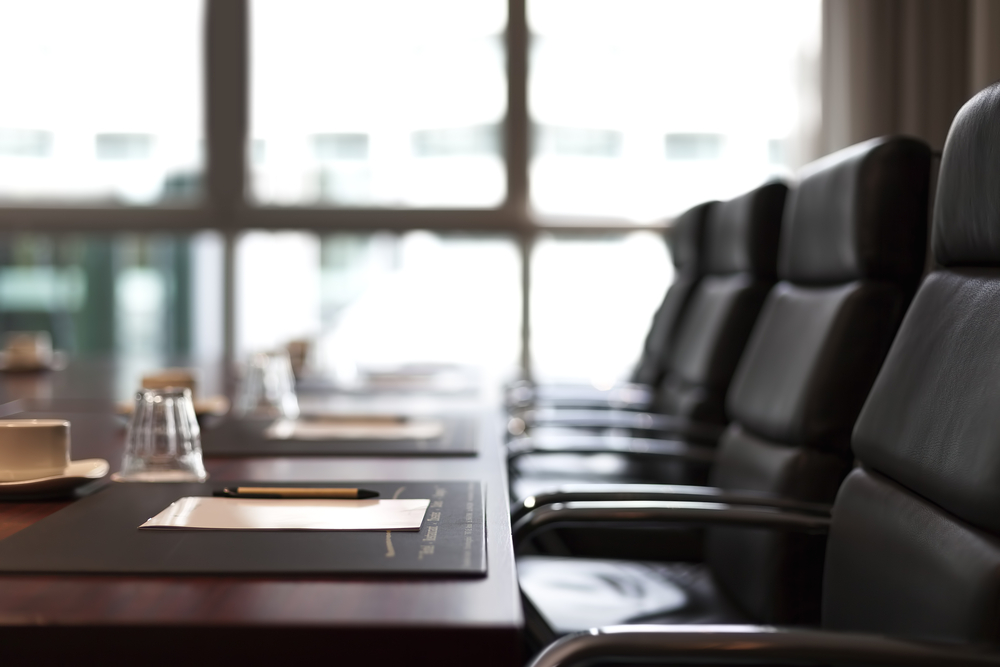If you’ve read this blog for any length of time you know that I periodically write about the meetings I attend. You might also remember that I attend a lot of meetings and that I hate meetings. Of course, the smart question should be why I attend so many meetings if I dislike them so much but we’ll save that for another day. I’d rather this blog be useful for my customer satisfaction (that’s you!) than to use it as an outlet for my own public therapy.
But we do all know that meetings are necessary evils and that we all need to attend them from time to time. So what I’d prefer is to discuss a couple of the things that I’ve learned about running effective meetings from some of the better organizations and companies I work with. After all, if we’re going to attend meetings anyway — about brand building or whatever you’re involved in — doesn’t it make sense to make them as effective and enjoyable as possible?
1. Everyone speaks once before anyone speaks twice.
Because most meetings are filled with opinionated, Type-A personalities, discussions in meetings often devolve into free-for-alls where the squeakiest wheel tries very hard to get the grease. Besides being unpleasant (except maybe for the loudest participant), these shouting matches also mean that the less vocal members may not voice their opinions.
To manage this, my friend Gab Bottazzi introduced a great directive in a meeting we both attended. Simply put, Gab suggested that “everyone speaks once before anyone speaks twice.” Managing comments this way helped the moderator keep control and also ensured that anyone who had something to say got to say it. It also meant that ideas weren’t often repeated over and over. Instead, the rising din was controlled and the discussion was kept both civil and orderly.
2. Subcommittee decisions are ratified or the subcommittee is changed.
I’m sure you’ve experienced this: you’re sitting in a meeting and the chairperson of a specific subcommittee makes their report. She talks about the issue the subcommittee has been assigned, she explains the fact-finding they did, she lists the options they looked at, and then she makes the recommendation that her group decided was the best solution.
Then the questions begin. One of the board members asks why the subcommittee didn’t look at some other options. Another board member questions the price of the suggested solution. A third board member tells a horror story about their experiences with a similar situation. A fourth member raises some other objection. Before long, all of the subcommittee’s hard work is down the drain and everyone goes back to the drawing board. The worst part? After lots and lots of hard work by the subcommittee, nothing got accomplished.
Consider the irony. The subcommittee was made up of people who were interested enough in the issue to volunteer in the first place. They then did their research and came to their conclusions and presented them with sincere interest and expertise. But after all that hard work, the organization is no closer to solving their problems and many of the subcommittee members wind up frustrated and angry.
A board I was on solved this problem with a simple dictate: after the subcommittee makes their recommendations, the board is allowed to ask up to three questions. If any member needs to ask more questions than that, they should either join the subcommittee or stop their questioning and ratify the recommendation. After all, if the subcommittee is A) staffed with board members the other members respect and trust, and B) the subcommittee did their research properly (see point A above) then why undermine their efforts? And if the opposing members are adamant enough about their objections, then let them put their money where their mouth is and get involved in the process they claim to care so much about.
You would be amazed at how much pointless blathering and posturing this protocol eliminates.

3. Create an agenda with times assigned to each activity.
Instead of letting every conversation run unchecked, a simple timeline with hard stops allows the meeting’s organizers to prioritize each point and only assign as much time as the point merits.
Of course, setting timelines and enforcing timelines are very different activities. That’s why an iPad, equipped with a timer app, becomes the non-political way of keeping each discussion under control. The practice is simple — when the chairperson starts the conversation, the timekeeper simply plugs the allotted time into the iPad and positions it for everyone around the table (or on the Zoom or Skype call) to see. Then the iPad counts down the remaining time, with the numbers changing from Green to Yellow to Red as the discussion nears its conclusion. Once the allotted time has been extinguished, the flashing red numbers, and the blaring claxon sound effects, make it quite clear that the conversation is over.
4. End each meeting with a roundtable discussion of what worked and what didn’t work.
Gab Bottazzi also taught me a great way to end meetings. Go around the table and have everyone talk about what worked and what didn’t work. This roundtable discussion gives everyone the opportunity to both compliment their fellow board members and to vent about whatever frustrated them. This way, the participants can develop buy-in and participation in the process and the solutions. What’s more, instead of simply repeating ineffective meeting practices week after week or month after month, the group can improve by both building on what worked well and by eliminating the things that didn’t work.
Of course, all of these techniques are only as effective as the organization leaders that employ them.
Nothing works if meeting attendees ignore proper meeting protocol nor if the meeting organizers enable uncooperative behavior. But if these tips are used, and attendees follow them, most meetings can be shorter, more productive, and even more enjoyable.

